2014.06.14 11:17
Symphonatic
/recombinant
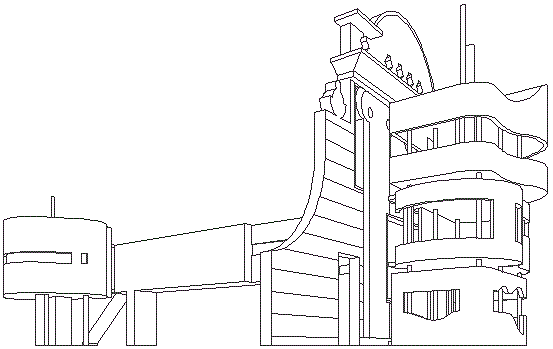
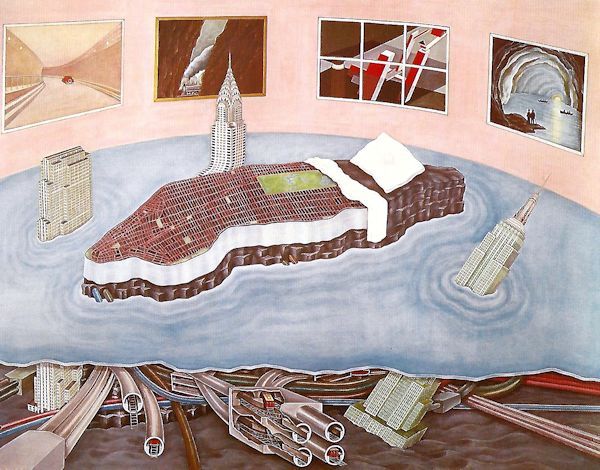
Madelon Vriesendrop, Freud Unlimited, 1978
TOURISM
Dali's Paranoid-Critical Method (PCM) is a form of reinforcement therapy, but in the opposite direction. Instead of the diseased perfprming the rituals of health, Dali proposes a tourism of sanity into the realm of paranoia.
When Dali invents the PCM. paranoia is fashionable in Paris. Through medical research its definition has been amplified beyond simple persecution mania, which is only one fragment of a much larger tapestry of delusion. In fact, paranoia is a delirium of interpretation. Each fact, event, force, observation is caught in one system of speculation and "understood" by the afflicted individual in such a way that it absolutely confirms and reinforces his thesis--that is, the initial delusion which is his point of departure. The paranoiac always hits the nail on the head, no matter where the hammer blows fall.
Just as in a magnetic field molecules align themselves to exert a collective, cumulative pull, so, through unstoppable, systematic and in themselves strictly rational associations, the paranoiac turns the whole world into a magnetic field of facts, all pointing in the same direction: the one he is going in.
The essence of paranoia is this intense--if distorted--relationship with the real world: "The reality of the external world is used for illustrtion and proof . . . to serve the reality of our mind. . . ."
Paranoia is a shock of recognition that never ends.
Rem Koolhaas, Delirious New York, 1978
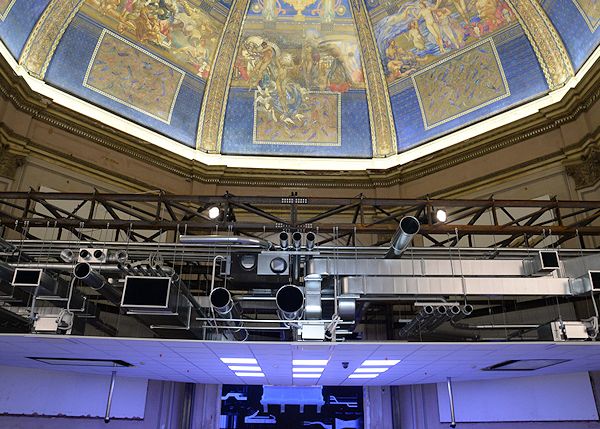
Venice Architecture Biennale 2014
Well, in a way it is an engineered schizophernic structure. To some extent we have always insisted on a critique of the myth of the professionalism of the architect.
Rem Koolhaas, "Finding Freedoms: Coversations with Rem Koolhaas", 1991
| |
2015.12.27 14:14
bilbao effect: various definitions
from:
Terence Riley, MoMA
Complex Geometries: Plotting a Course presented 30 April [1999] at the "Digital Translations" symposium University of Pennsylvania Graduate School of Fine Arts
"I think architects are feeling the possibility of being slightly old fashioned. And it is a real question now, is architecture a still art, or is it one of the old fashioned fine arts? Or, through the media, can it be part of this new kind of performing art. And I think Bilbao is key to understanding this. So, to understand this idea of competition and where it might be leading us, we have to recognized the changed relationship between architecture and the media, and how that effects the perception of architecture by the public. We just had this symposium at MoMA, John Rajchman was moderator, and it was a very interesting session where a number of the leading architects in the world started talking about the "Bilbao effect". I had no idea of how much these architects were not thinking about the building but were thinking about what the building had done to change architectural culture. And Peter Eisenman, who is not very confessional most of the time, I found to be incredibly confessional, admitting that he doesn't know the difference between a theme park and good architecture these days. There is a very fine line between the two, and he finds that his ability to distinguish the two is changing, and he illustrated this by telling the story of being on a jury in Frankfurt where he and one other architect and, in his words, fourteen bureaucrats. There were five architectural projects, he felt that the one was the most radical, and somehow he had to convince the jury that this was "the" radical project. How would he defend it against these bureaucrats? They had a vote, and it was 16-0 in favor of the radical project. All the bureaucrats were saying, "this will be like Bilbao; it will be great; all the tourists will come." Eisenman had a real shock. What he was realizing, of course, was that, well, I'll come back to it later. Frank Gehry himself tells a very similar (in terms of import) story. He was very proud that when EuroDisney was being built, he resisted being given a theme building. He insisted that Bob Stern can do "New York, New York", but "I don't do a theme building." So he was very proud that Disney agree that he could do this space that was about (I don't remember what it was called), but it was a fun place to go, and it was a Frank Gehry building. He said that once he went to see it though, he had a kind of revelation, and he realized that Disney had won, because in that environment, they had gotten him to do a theme building. He did a Frank Gehry theme building. He had become a theme in [Euro]Disney. And it goes on and on, and some these stories . . ."
published at Quondam 1999.07.07
also:
Bilbao "Affect" 001
2000.08.09
Ichnographia Quondam.
project: The Working Title Museum
site: east bank of the Schuylkill River, Quondam


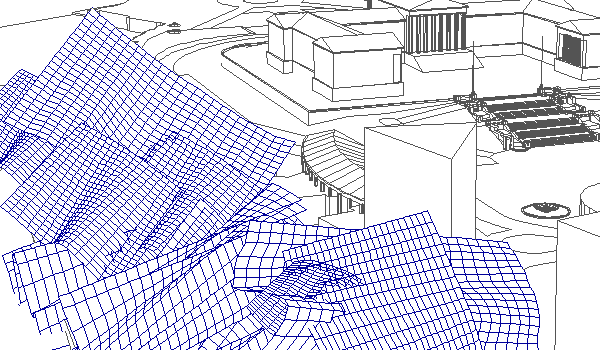
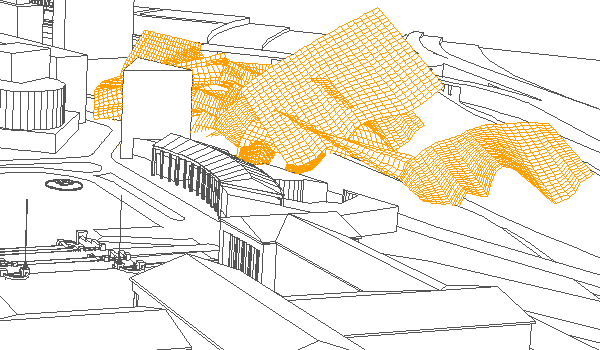
|